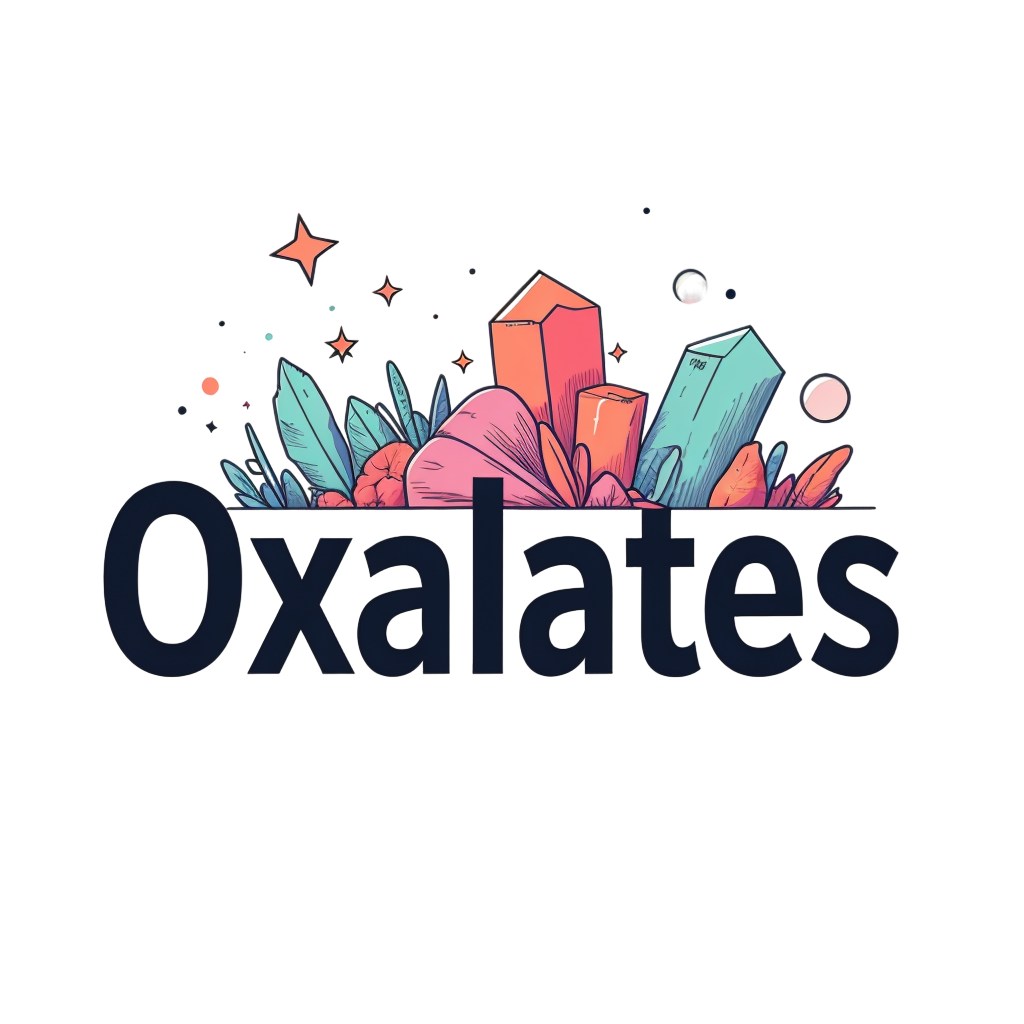The Hadza tribe has really good sh*t, literally.
As it turns out in Tanzania, the Hadza are pursued for their ‘wild microbiome,’ because the microbes within the stool support the remediation of common diseases that plague the civilized world like diabetes, IBS, Celiac, etc.
Similar to utilizing fecal transplant surgery (FMT) to rectify gut dysbiosis by inserting a ‘healthy’ individual’s stool into the dysbiotic person’s small intestine, some individuals after the Hadza’s microbiome will operate as primitively as the tribe itself and use a turkey baster full of you know what to insert into their rectal area… we’ll get into why it’s not the greatest plan to do this another time.
So I bet you’re wondering, what does any of this have to do with oxalates? As it turns out, the Hadza have a flourishing colony of a bacteria that directly supports the degradation of oxalate crystals and kidney stones, oxalobacter formigenes.
“Among the Amerindians of the Yanomami-Sanema and Yekwana ethnic groups in Venezuela and the Hadza in Tanzania, O. formigenes was detected in 60-80% of the adult subjects, higher than found in adults from USA in this and prior studies.”[1]
It looks like turkey baster guy was onto something, clearly he traveled such a great distance to make friends with this tribe so that he could better digest nuts and spinach. No, but seriously, it’s speculated that to consume a diet moderately high in oxalates, it would be crucial to have this bacteria in strong supply, of which, we here in civilization sincerely lack.
For those unfamiliar, oxalates are microscopic crystal shard compounds made of oxalic acid and various minerals like sodium and magnesium that then get lodged all over the body starting with the adipose tissue (fat), and then the blood, eyes, bones, muscles, the organs, and so on…ok, big deal, what’s a bunch of crystals going to do? Well, it often starts with the production of kidney stones.[2] Yeah, the stones that doctors often warn about that can cause numerous problems in the body while inducing severe pain in the process of excretion, not fun. Oxalates have also been connected to brain disorders like autism[3], and gastrointestinal (GIT) diseases like irritable bowel syndrome (IBS) or Crohn’s Disease (CD)[4][5]. Though it is important to remember that the correlations here don’t exactly stipulate causation, where this situation is very much multifactorial.
There are two distinct types of oxalates, soluble oxalate, and insoluble oxalate. Soluble leaves the body via the urine, and insoluble is vacated through the stool as calcium oxalate. The others are generally oxalic acid bound to magnesium, potassium, or sodium. You’ve probably guessed which one causes kidney stones. However, keep in mind that it isn’t yet proven that all kidney stones are formed via oxalates.
There is Fungus Among Us
Oxalates seem pretty bad right? They contribute to stalling immune processes, are implicated in numerous disease states and disorders, contribute to the degradation of our mineral supply, and depletion of the crucial antioxidant glutathione[6]. Some individuals with oxalate sensitivity don’t even excrete the usual 90% of oxalates through stool and urine. Though, is it possible that we’re missing something here? Apparently some fungal pathogens have been implicated in the binding of oxalic acid to our mineral deposits[7].
“Doctors and patients are often surprised to learn that Candida and Aspergillus species can produce oxalates[8].”
This is both an old and new science, but generally still needs a lot of research to dig further into, but we have empirically seen mold like Beauveria caledonica binding oxalic acid to various minerals AND heavy metals in insects. Humans generally tend to deal with aspergillus and penicillium mold issues, and the yeast candida when it comes to fungal pathogenesis.
“Individuals with elevations in Candida or Aspergillus frequently have a subsequent elevation in oxalate metabolites[8].”
It is entirely possible that the average individual suffering from any number of fungal infections (which is extremely common because of antibiotics) could be producing far more crystals than they would when in good health when it comes to the microbiome. Oxalates may not even be an issue at all in a body that isn’t in a state of gut dysbiosis.
What to Do
So what are some ways to remediate fungal infections, reduce oxalic acid from diet, rebalance minerals, and repair the bacterial colonies of the GIT? You guessed it, the biased source of information here at Gut Goals is going to tell the reader that we take our clients step-by-step in remediating the windfall off issues associated with the burden of oxalate overload (hyperoxaluria) and the root causes that produce the issue.
I wasn’t going to leave the frugal hanging, don’t worry. There are also DIY options here:
#1 Eat Well
I don’t just mean eat well, eat intelligently – eat with conviction, because you’re going to need it at the dinner table when your friends and family gawk at you while you eat your low oxalate veggies alongside a 20 oz ribeye tomahawk when the main course is fettucini alfredo.
How to Eat
Cut the oxalates, toss out the carbs where possible – better yet, avoid all plant toxins where possible, eat a diet that is comprised of meat by majority, and avoid pasteurized dairy.
Low oxalate foods
- MEAT, including eggs
- Broccoli
- Cabbage/sauerkraut
- Cauliflower
- Mushrooms
- Onions
- Garlic
- Zucchini
- Coffee
- Dairy products
- Cinnamon
- Turmeric
- Cilantro
It is generally recommend to not go ham on the veggies or dairy listed here.
#2 Shred the Fungus & Replenish
Just rev up that lawn mower and mow down that mushroom growing in your yard. One thing though, this yard is inside you, and the lawn mower is digestive enzymes like Serrapeptase, antifungal foods like raw coconut oil, probiotic bacteria like L. reuteri, and food for that bacteria like MEAT.
Antifungals
- Raw coconut oil (not just cold-pressed, but RAW).
- Oregano oil produced in Turkey (this stuff can be INTENSE).
- Grapefruit seed extract that is as lightly processed as humanly possible.
- Raw whole garlic cloves (get that camera ready for your best cringe face)
- Pau D’ Arco (enjoy in a tea or in pill form)
Digestive enzymes
- Protease
- Cellulase
- Chitosanase
- Serrapeptase
WARNING!! Please investigate if the product derived these enzymes from molds or not, as aspergillus is commonly used in their production. Aspergillus has shown to cause numerous disease-related issues in the human body.
Probiotics
- Lactobacillus[9]
- Bifidobacterium
- Enterococcus
- Streptococcus
Food
As mentioned above, eat low carb, low oxalate, low plant toxin, and a large amount of meat that will by effect colonize more lactobacillus bacteria shown to remove yeast issues.
#3 Alter Lifestyle
Now you’re thinking, ‘this is way too much work!’ Well, did any of your greatest life achievements involve absolutely no work? Remediating internal disease is a HUGE achievement, and even finding remission should be seen as a significantly large step in the right direction.
- Exercise, even if it’s for the sole purpose of lymphatic detox stimulation. You can do this by jumping on a trampoline and getting your lymphatic system moving. The health markers associated with exercise are actually very similar to intermittent fasting. There’s a reason why so many people can eat terribly and have moderately good health when incorporating an exercise routine into their lives.
- Prepare how you’ll interact with family and friends, and resolve yourself! Know that this road is the way to healing, and you have science to back it.
- Set yourself up for success by getting a notebook and tracking how you feel each day, any benefits, any negatives, and chart out a 90-day food and antifungal plan to remediate the issue.
- Go outside. I don’t think we need to get very scientific here, we all know that the outdoors are therapeutic and have proven to contribute to the remediation of numerous ailments. One important factor is that the majority of our lymph nodes are in the soles of our feet. So by walking on soil, we are ‘grounding’ ourselves and directly detoxing into the Earth[10]. Not only that, the soil of the wild is rich in oxalobacter formigenes[11]…I guess we were getting scientific after all.
Conclusion
Chasing down the holy grail of poo with a turkey baster out in Tanzania is probably a bit much. We have options here at home and can remediate gut dysbiosis and the consequent oxalates within a short period of time. Every person is different with their own unique state of health, but there is certainly hope for all.
No matter how someone goes about it, removing sugar and complex carbs from the diet while being aware of daily oxalic acid consumption is a big win. Health is important, but sometimes life is really complicated and gets in the way of healing; we’ve all been there.
†The statements made here have not been evaluated by the FDA. This product is not intended to diagnose, treat, cure, or prevent any disease.
†The information provided on this site is intended for your general knowledge only and is not a substitute for professional medical advice or treatment for specific medical conditions. You should not use this information to diagnose or treat a health problem or disease without consulting with a qualified healthcare provider. Please consult your healthcare provider with any questions or concerns you may have regarding your condition. Never disregard professional medical advice or delay in seeking it because of something you have read on this website.
†In the event of a medical emergency, call a doctor or 911 immediately. Reliance on any information provided by this website is solely at your own risk.




